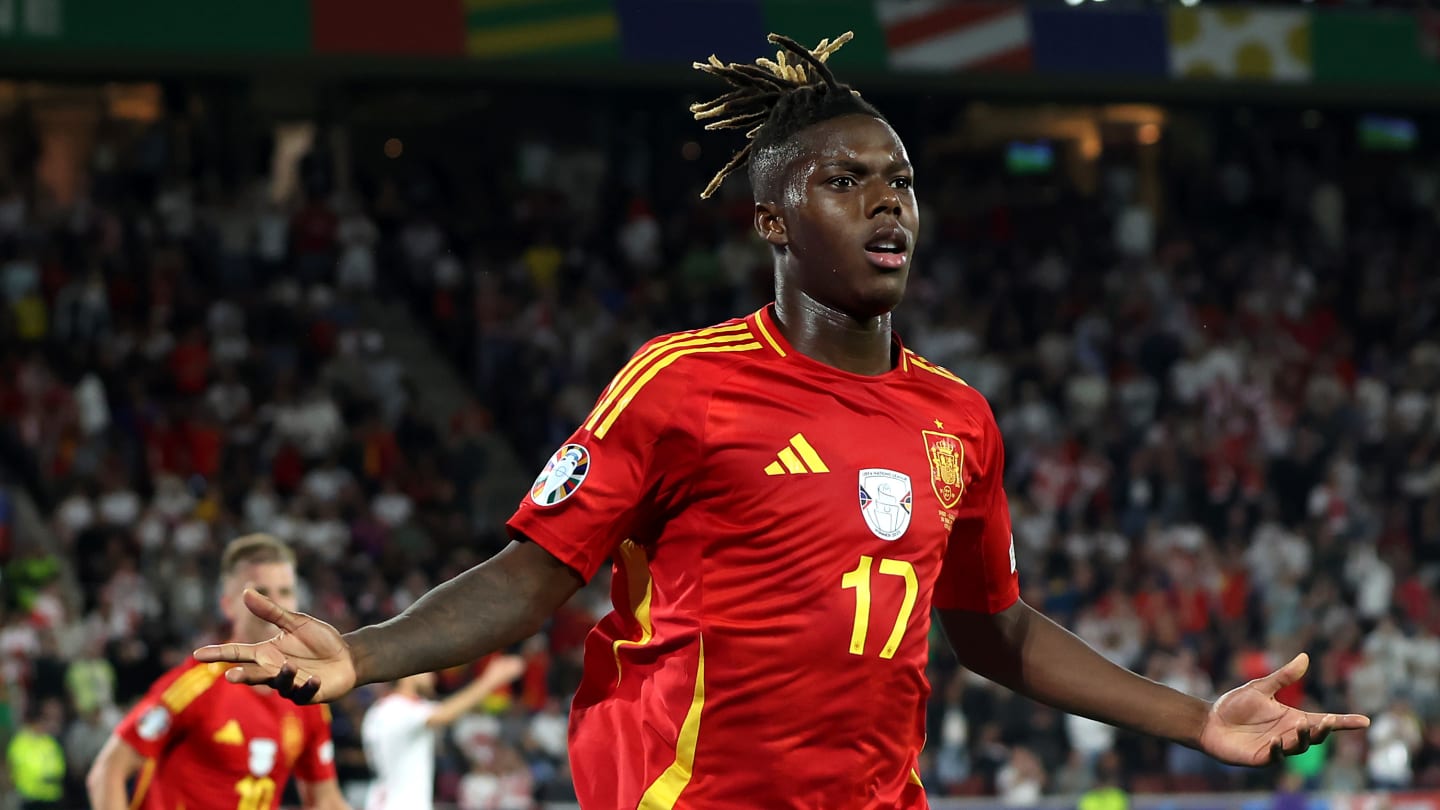Despite their underwhelming performances in recent World Cups, Brazil retains an ethereal, almost mystical place in the footballing imagination. The pantheon of legends to dawn the green and gold are not merely icons of the game, but artists who redefined it, reshaping what creativity, flair, and fluidity meant on a football pitch. As with all modern teams, Brazil are now far more structured and disciplined than in years gone by, yet they remain among the major players in global football and a favourite to win the tournament.
They came through World Cup qualifying undefeated, conceding just five goals and scoring forty during seventeen matches. Tite, who has managed the side since 2016 and led them to Copa America success in 2019, tends to be flexible with personnel but tends to favour some variant of a 4-3-3 or 4-2-3-1.
Marquinhos is the lynchpin of the backline, partnered either by the evergreen Thiago Silva or Real Madrid’s Eder Militao in central defence. Alex Sandro, Renan Lodi, and Alex Telles provide the main options at left-back, with Dani Alves proving a useful alternative to Danilo at right-back. Casemiro is the first-choice number six, anchoring the midfield behind Fred and Lucas Paqueta, the latter of whom either plays on the right of a midfield three or an attacking midfielder in a 4-2-3-1. Raphinha and Vinicius provide pace and trickery out wide, with Neymar playing either as an auxiliary striker or behind Richarlison or Gabriel Jesus.
The hallmark of Tite’s approach with Brazil has been tactical flexibility. Even within the same system, he adapts Brazil’s setup in different phases of play to adapt to the personnel he uses and the opposition they face.
Usually, they use a 3-2-5 shape in possession with Casemiro dropping in between the centre-backs and Paqueta and Fred sitting ahead of him. Danilo pushes high and wide on the right, with Sandro or Telles switching between the wide and half spaces, staggering with the winger ahead of them to ensure they aren’t in the same vertical channel. This allows Brazil to circulate the ball reliably among themselves while also providing a solid defensive structure when the ball is turned over.
They have also utilized a diamond build-up, with one centre-back pushing high and wide on the right ahead, the left-back tucking in, and Marquinhos and Casemiro forming the base and tip of the diamond respectively. This is often used when Telles plays, since he is less adept at overlapping and positioning himself higher up the pitch than Sandro or Lodi.
Further forward, Tite employs similar rotations and movements to provide his players with both ample options to rotate possession while also providing a degree of defensive security if the ball is turned over. In midfield, Fred often drifts to the left wide space to provide defensive cover for the fullback and winger on that flank. Paqueta, another nominal central midfielder, has a much more offensive role. He drives forwards with the ball, makes runs into the box to pose as a late-arriving goal threat, and spends lots of time in the half spaces as a creative focal point. He gives Brazil a more direct method of breaking opposition lines and entering the final third.
60 – Marquinhos has player 60 games for Brazil under Tite, the most of any player since the coach took charge in September 2016. Trust. pic.twitter.com/xxhrqNFVPL
— OptaJoao (@OptaJoao) November 7, 2022
In attack, much of the team’s movements and positional interchanges revolve around Neymar. Whether playing on the left, as a ten, or even as a false nine, the PSG star is encouraged to drift wherever he is able to find space, usually in deeper areas. Fred and Paqueta’s aforementioned movement creates pockets of space in the centre for Neymar to drop into, receive on the turn, and carry or play penetrative passes. He also doesn’t have to spend too much time isolated out wide because in Vinicius Junior and Raphinha, Brazil possess two hard-working, natural wingers who love hugging the touchline. Neymar also benefits from the goal-presence of Richarlison or Gabriel Jesus, since their box presence and ability to link attacks in the final third enables him to influence other aspects of Brazil’s chance creation and attacking play.
In addition to the slew of movements across the team in possession, Tite is tactically flexible and able to adapt to different oppositions. They tend to dominate possession in most games, methodically working the ball until a quick burst of movement and interchange can create a chance. However, they can be more direct, especially when Jesus or Richarlison play and Brazil funnel their attacks more towards the right-hand side through Paqueta as opposed to neat triangles of passing between Vinicius, the left-back, and Neymar on the left.
Brazil’s team World Cup 2022 is scary as hell:
◾️ Neymar (PSG)
◾️ Vini Jr (Real Madrid)
◾️ Gabriel Jesus (Arsenal)
◾️ Richarlison (Tottenham)
◾️ Antony (Man United)
◾️ Raphinha (Barcelona)
◾️ Rodrygo (Real Madrid)
◾️ Gabriel Martinelli (Arsenal)This attack is just insane! 😳🔥 pic.twitter.com/JZqfNKeS7l
— JOHN GASIRABO 🇧🇮 🇧🇮 🇧🇮 (@GasiraboJohn) November 9, 2022
Defensively, Brazil fall into a 4-4-2 mid-block but counter-press aggressively in central areas. Led by either Richarlison or Jesus, both of whom are excellent pressers, and supported by Neymar’s underrated work rate out of possession, Brazil have the necessary players to lead a concerted press that forces the opposition to funnel the ball out wide. Even in deeper areas of the pitch, Brazil keep a compact yet aggressive defensive structure. Tite wants his team to seek counter-attacking opportunities whenever possible, resulting in a defensive strategy that aims to retrieve possession as quickly as possible rather than ceding the ball for the sake of solidity itself.
At times, Brazil can seem bereft of ideas when facing an especially well-drilled defensive block. Their emphasis on creating space with quick movement or in transition can make them more stilted when such space is not forthcoming. In Fred and Casemiro, they also have an extremely capable yet technically erratic midfield base that can hamper their ability to sustain long spells of possession. Fullback is also an area of concern defensively, as no option on either flank is especially complete.
However, Tite’s Brazil remains among the favourites for the tournament. They possess some of the finest talent in the world, placed within a relatively simple yet dynamic and effective tactical framework. The range of options they have in many positions makes them versatile and able to change the nature of their game plan as required. Whether they can come good on their potential in Qatar 2022 remains to be seen.
Read – Five summer signings who have failed to make an impact this season
Read Also – Thunderbastard Kings: Five footballers with dynamite in their left pegs







